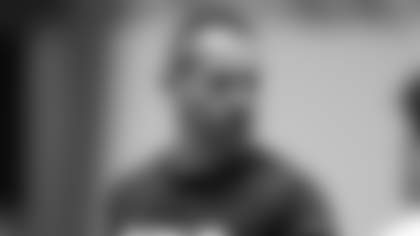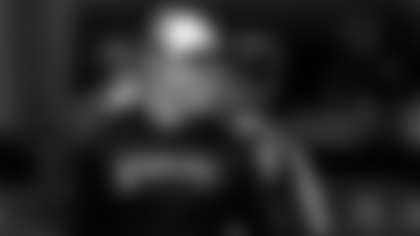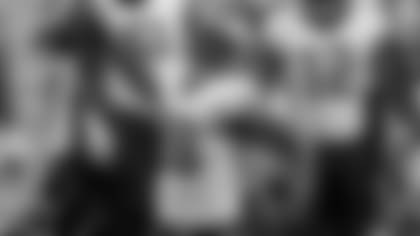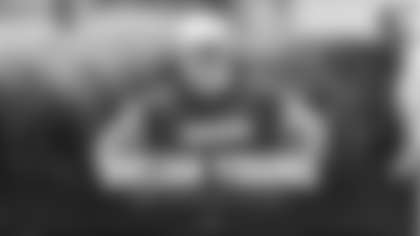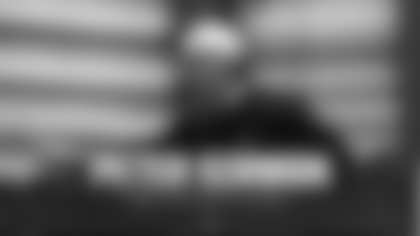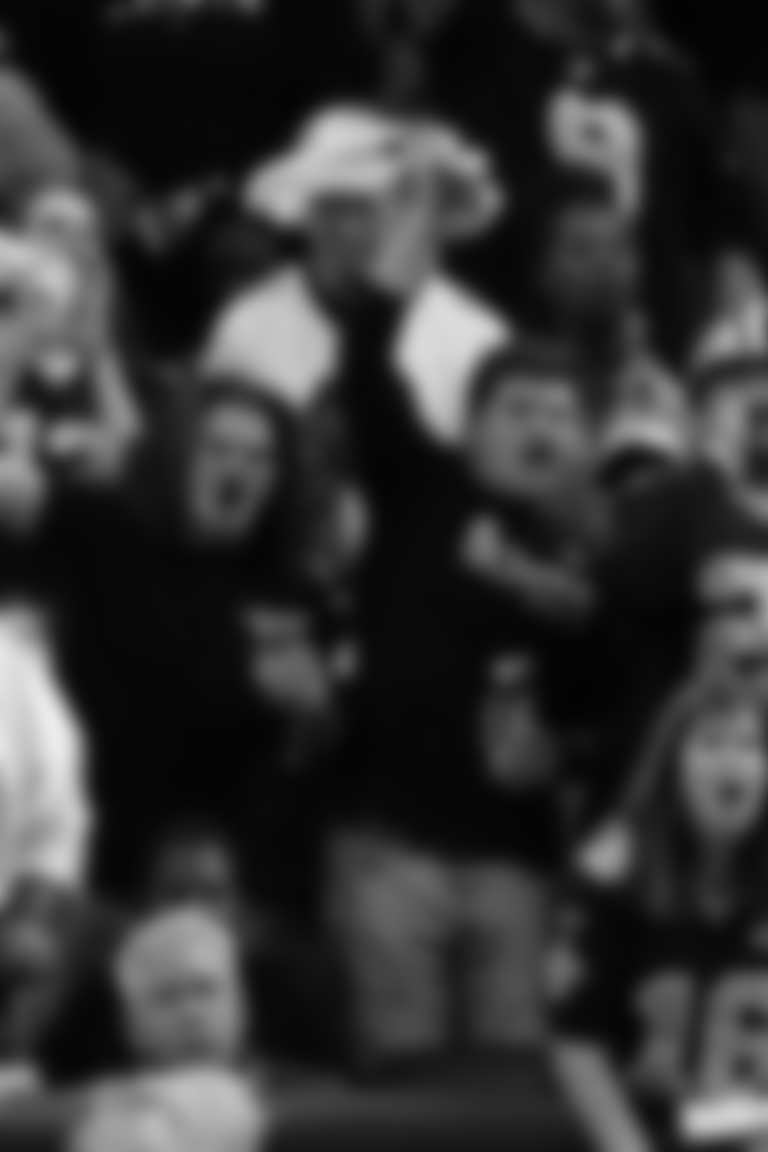Few, if any, media availabilities with New Orleans Saints coach Kellen Moore have commenced and concluded minus a reference to "Ted."
"Ted" is Ted Rath, New Orleans' new Director of Sports Performance, who occupies a vital role in the effort to help condition Saints players well enough to play at a peak level while also minimizing injury.
The second part of that is crucial: During last season's 5-12 campaign, center Erik McCoy (10 games), quarterback Derek Carr (seven), receivers Rashid Shaheed (11) and Chris Olave (nine), running backs Alvin Kamara (three) and Kendre Miller (11) and right guard Cesar Ruiz (four) were just some of the players on offense who missed time due to injuries.
Rath's background suggests he can help: He has 15 years strength and conditioning experience and last was with the Eagles from 2020-23. Philadelphia reached the Super Bowl in 2022 and Rath was named Strength Coach of the Year by Pro Football Strength and Conditioning Coaches Association, the second time he'd won the award.
His connection to Moore dates back to Detroit, when Rath was the Lions' assistant strength and conditioning coach (2009-15) and Moore was with the Lions as a quarterback (2012-14).
Rath recently spoke with senior writer John DeShazier about what he hopes to help accomplish in New Orleans.
DESHAZIER: So, do we call you 'whisperer,' 'savant'?
RATH: (Laughing) I don't know that I've ever been called any of those.
DESHAZIER: What is your base, how do you start with these guys in the offseason? What are you looking to accomplish?
RATH: Step No. 1 – because this is the cool thing, I've had Kellen as a player – so he understands from a fundamental standpoint just how I operate consistently, and I understand how he operates. The thing that I've always found in my career as I've kind of transitioned through bigger roles and I've found sports science has been this huge influx 10 years ago, 15 years ago, all these things, I think sometimes you can get paralyzed by some of the numbers, just like analytics and some of the other things that are coming in now and flooding the world of sports, and football specifically. It's still football. So at the grand root of things, we still have to establish a strong, a mentally and physically tough football team. So we have to build a culture in order to do that. When Kellen and I started talking about this, that was the first thing. It was, 'How do we elicit a culture and how do we build that?' Well, we build it by connecting, we build it by competing, we have to be together. We have to form a team; a team is the culture. That's the living and breathing diagram and diaphragm of what we have that has to be driven by the culture of the team, and that's eventually how we're going to build a tough football team that can win games.
DESHAZIER: What are some of the things you're looking for in terms of the goals for conditioning for the team?
RATH: No. 1, we have to be ready to play football. This is a football sport; it's not like we're a weightlifting team, it's not like we're training for something else. We're training to get them at full speed to really not just go through a four-quarter game but if we get into an overtime situation, we have to be ready to continue to peak week after week after week for 18 weeks, plus the playoffs and the postseason. So for us it's establishing a baseline. You have to be physically strong enough to overcome your opponent, but then we have to have what's called 'repeat spurt-ability.' We have to have the ability to line up, rest for 30 to 40 seconds, get the next playcall and then, boom, line up and go again at an even higher level. So for us, that's preparing the tissue so that we're not breaking down, we're not pulling muscles, there's no soft-tissue injuries, things like that. So we have to build the tissue so it's durable, but then we have to train the metabolic system so it can go out and play four-plus quarters of football at a very, very high level.
DESHAZIER: Kellen spoke about your looking for ways to make sure that the players are in good recovery, able to go for as long as possible, as quickly as possible.
RATH: The cool thing is, there's so much data that we can look at. So, one of the things we look at is force plate. We're testing our players at least weekly on a force plate. This is a pressure platform that goes into the ground and we're looking at almost 100 metrics per jump; every player is jumping at least three times. This gives us things like reactive strength index, we're looking at concentric power at 50 milliseconds. We're looking at these things that give us, what's in effect, muscular fatigue markers. So now we can go into the body and say physiologically, I can be talking to Erik McCoy and say, 'Hey, Erik, how do you feel?' And E could say, 'I feel great, I feel fresh.' But then I take some of these other markers and these data points that are objective by nature and say, 'Hey, do you know you're down 10 percent here, you're down 12 or 15 percent here?' And we can start to stack the objective measurables on top of the subjective. I'll always want sports science to reaffirm what my coach's eye is telling me, just like in a scouting process. If you're (Assistant General Manager/Director of College Scouting) Jeff Ireland and (Executive Vice President/General Manager) Mickey (Loomis), I want the data to reaffirm what the eye is telling me. Same thing with sports science. So we can apply these methods, but the objective data gives me an objective number that's quantifiable, and then that allows me to dig in for deeper context and talk to a player. If it's still (McCoy), 'E, how are you feeling?' 'Oh, my legs are a little fatigued.' 'That's interesting because these markers show me this, this and this. Here's what we can do, though. Let's do hot-cold contrast, let's do some implementation for some recovery stuff.' And then I can go to the guys on the medical side and we can partner together and build this collaborative approach to make sure that we're heeding the player from all angles to get them recovered so that they can go out there the next practice day and compete.
DESHAZIER: Is there such a thing as the secret sauce to keeping guys healthy? This team ran through a rash of injuries the past two seasons. I guess you can prepare as much as you can prepare and still, things happen.
RATH: There's some luck involved, obviously. It's football. I would say this: Football is a 100 percent injury sport, it just differs on the variable and the levels and, really, the strain of what it is. If I had to give you one word of how do you lessen the chances of injury, how do you mitigate the injury exposure? For me, it's 'collaboration.' And I say collaboration because it starts with the head coach buying in to whatever the program is or the system. It's how do you practice? How long are you in the building? How much psychological stress are you placing on players from meetings and from timing and things like that? Are you allowing adequate time to eat nutritionally? Then it's a collaboration between the sports medicine staff, the sports performance staff – it's collaboration to make sure everyone is on the same page. And then, that trickles down to the assistant coaches to make sure that their drill selection is in alignment with the intensity and the standards of what we're trying to elicit out of a certain practice level, because every day's intensity is not going to be the same. There's going to be days where we need more – more high-speed yardage, more high accelerations, more high decelerations. And then the ultimate collaboration comes with the players. The players' buy-in is the single most important thing. They have to trust us, there has to be this common cause that comes together where they say, 'I know that they're going to put us in a position to be successful because they've shown us, they've built it through consistency and they've showed us that they know how to set this up and my body feels it and I feel it,' and there's that trust factor. Football is the greatest team sport. Without collaboration, there's no team that's going to be able to go and capture a championship, let alone win games.
DESHAZIER: What have you seen in terms of player buy-in so far? (Safety) Justin Reid said he likes what has happened with the combination of conditioning and OTAs.
RATH: I think it's been good, it's been positive. We've gotten really positive feedback in regard to the players' understanding. So, our job as coaches – everyone in the building, anyone who works here – our job is to educate the players and explain the 'why.' Why are we practicing at a certain intensity today, why are we balancing that with maybe weight room exposure, why is this intensity higher here, why is it lower here. And going through that educational process because a guy like Justin Reid, he's a smart player. He understands and he's been around, he's seen different ways to do it. So understanding what's going to work in New Orleans, because we have things like heat, humidity – what other physiological factors that we have to play around because in the grand scheme of things, we can use that as a leverage to our advantage. If we have to go play a hot game in Carolina or in Tampa, we're going to leverage the heat and the humidity. There's ways to do that so we can physiologically adjust and be ready to go compete in those games and those environments.
Check out photos of New Orleans Saints players participating in the team's 2025 OTA practice on May 30, 2025 at the Ochsner Sports Performance Center.

Check out photos of New Orleans Saints players participating in the team's 2025 OTA practice on May 30, 2025 at the Ochsner Sports Performance Center.

Check out photos of New Orleans Saints players participating in the team's 2025 OTA practice on May 30, 2025 at the Ochsner Sports Performance Center.

Check out photos of New Orleans Saints players participating in the team's 2025 OTA practice on May 30, 2025 at the Ochsner Sports Performance Center.

Check out photos of New Orleans Saints players participating in the team's 2025 OTA practice on May 30, 2025 at the Ochsner Sports Performance Center.

Check out photos of New Orleans Saints players participating in the team's 2025 OTA practice on May 30, 2025 at the Ochsner Sports Performance Center.

Check out photos of New Orleans Saints players participating in the team's 2025 OTA practice on May 30, 2025 at the Ochsner Sports Performance Center.
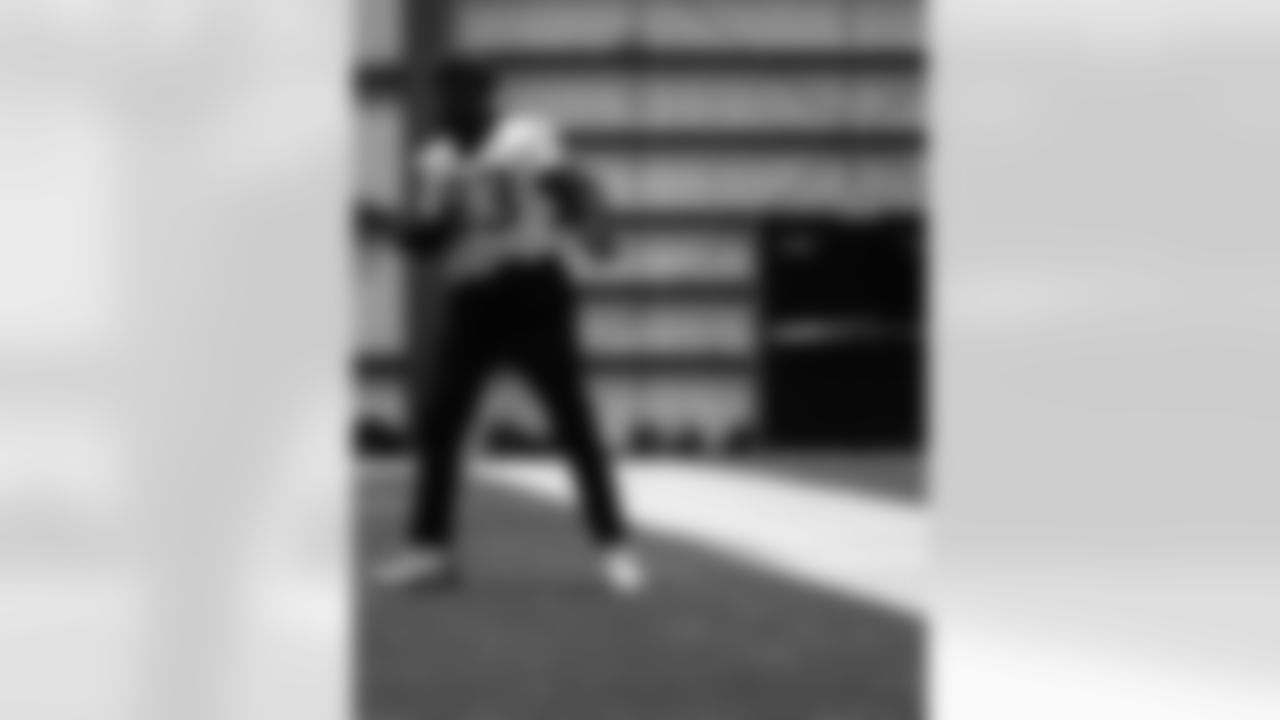
Check out photos of New Orleans Saints players participating in the team's 2025 OTA practice on May 30, 2025 at the Ochsner Sports Performance Center.
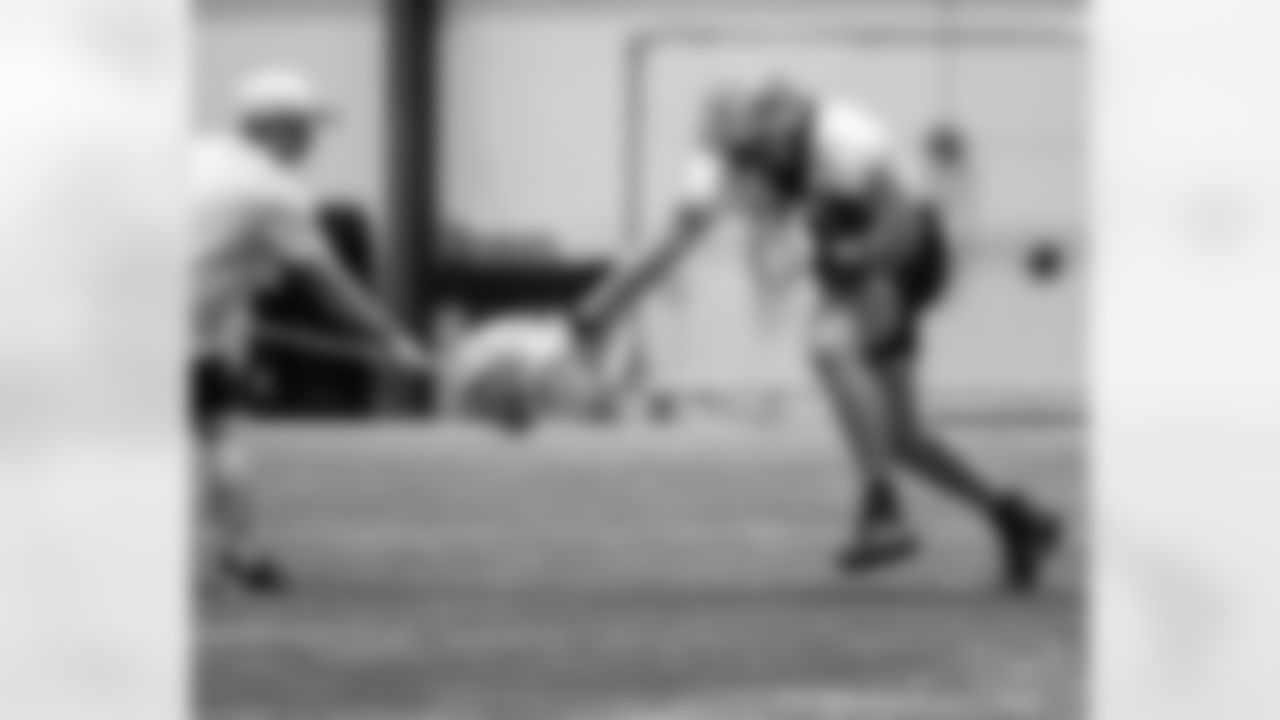
Check out photos of New Orleans Saints players participating in the team's 2025 OTA practice on May 30, 2025 at the Ochsner Sports Performance Center.

Check out photos of New Orleans Saints players participating in the team's 2025 OTA practice on May 30, 2025 at the Ochsner Sports Performance Center.

Check out photos of New Orleans Saints players participating in the team's 2025 OTA practice on May 30, 2025 at the Ochsner Sports Performance Center.

Check out photos of New Orleans Saints players participating in the team's 2025 OTA practice on May 30, 2025 at the Ochsner Sports Performance Center.
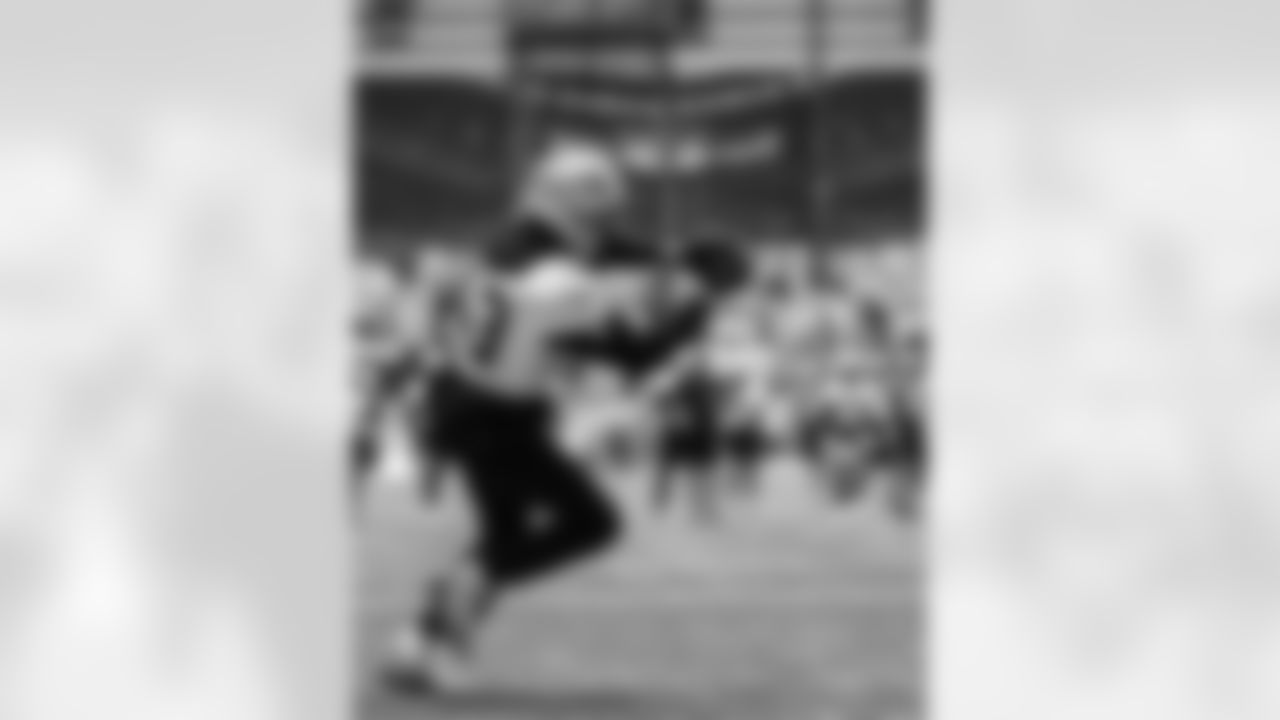
Check out photos of New Orleans Saints players participating in the team's 2025 OTA practice on May 30, 2025 at the Ochsner Sports Performance Center.

Check out photos of New Orleans Saints players participating in the team's 2025 OTA practice on May 30, 2025 at the Ochsner Sports Performance Center.

Check out photos of New Orleans Saints players participating in the team's 2025 OTA practice on May 30, 2025 at the Ochsner Sports Performance Center.

Check out photos of New Orleans Saints players participating in the team's 2025 OTA practice on May 30, 2025 at the Ochsner Sports Performance Center.

Check out photos of New Orleans Saints players participating in the team's 2025 OTA practice on May 30, 2025 at the Ochsner Sports Performance Center.

Check out photos of New Orleans Saints players participating in the team's 2025 OTA practice on May 30, 2025 at the Ochsner Sports Performance Center.

Check out photos of New Orleans Saints players participating in the team's 2025 OTA practice on May 30, 2025 at the Ochsner Sports Performance Center.
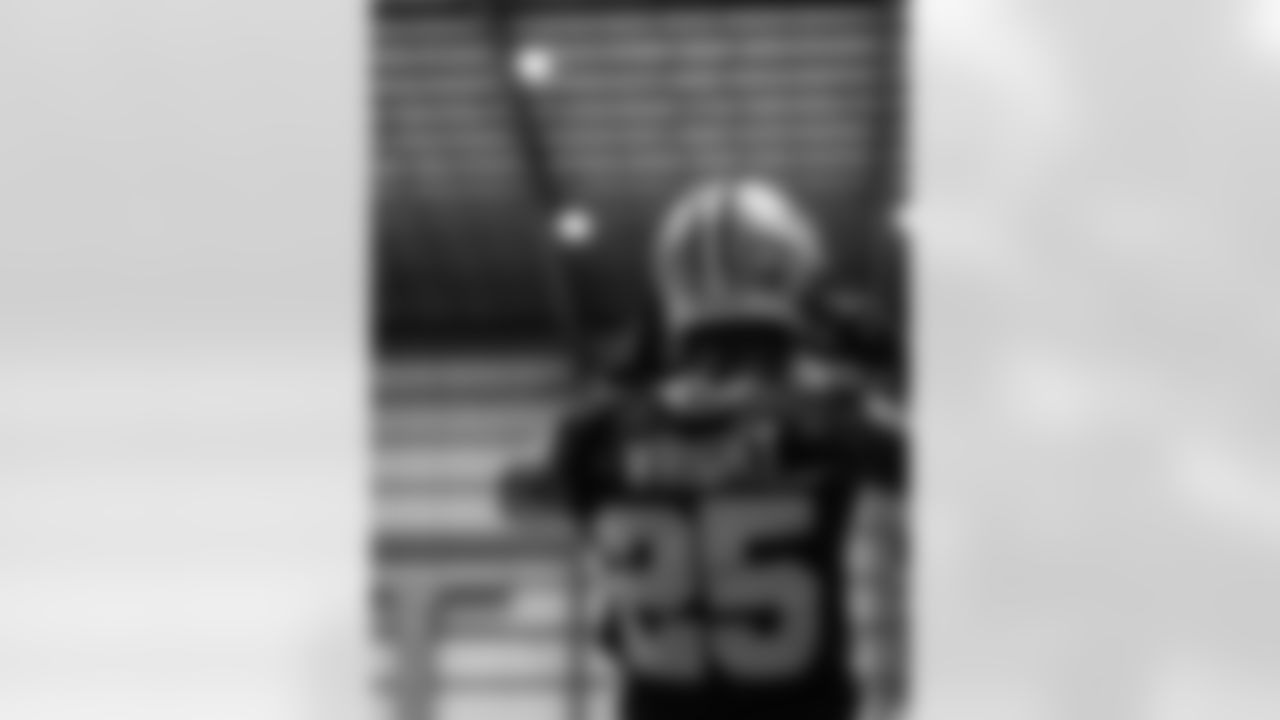
Check out photos of New Orleans Saints players participating in the team's 2025 OTA practice on May 30, 2025 at the Ochsner Sports Performance Center.

Check out photos of New Orleans Saints players participating in the team's 2025 OTA practice on May 30, 2025 at the Ochsner Sports Performance Center.

Check out photos of New Orleans Saints players participating in the team's 2025 OTA practice on May 30, 2025 at the Ochsner Sports Performance Center.

Check out photos of New Orleans Saints players participating in the team's 2025 OTA practice on May 30, 2025 at the Ochsner Sports Performance Center.

Check out photos of New Orleans Saints players participating in the team's 2025 OTA practice on May 30, 2025 at the Ochsner Sports Performance Center.

Check out photos of New Orleans Saints players participating in the team's 2025 OTA practice on May 30, 2025 at the Ochsner Sports Performance Center.

Check out photos of New Orleans Saints players participating in the team's 2025 OTA practice on May 30, 2025 at the Ochsner Sports Performance Center.
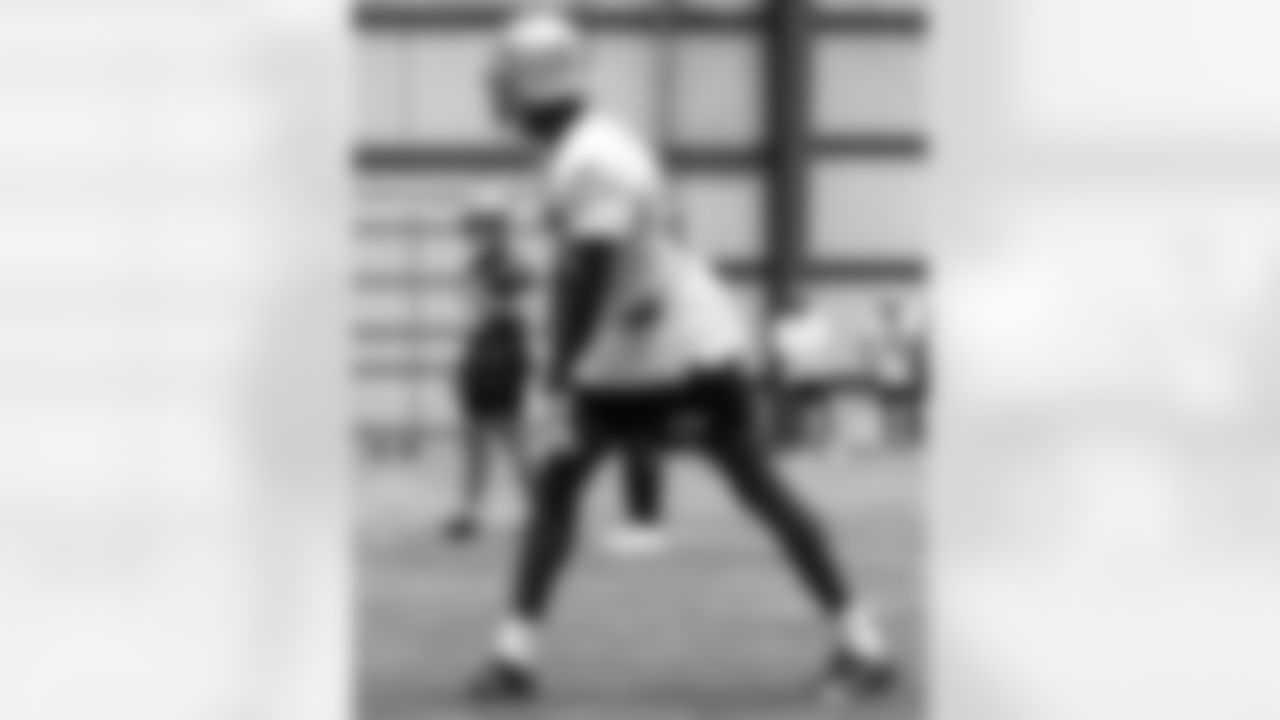
Check out photos of New Orleans Saints players participating in the team's 2025 OTA practice on May 30, 2025 at the Ochsner Sports Performance Center.

Check out photos of New Orleans Saints players participating in the team's 2025 OTA practice on May 30, 2025 at the Ochsner Sports Performance Center.

Check out photos of New Orleans Saints players participating in the team's 2025 OTA practice on May 30, 2025 at the Ochsner Sports Performance Center.

Check out photos of New Orleans Saints players participating in the team's 2025 OTA practice on May 30, 2025 at the Ochsner Sports Performance Center.

Check out photos of New Orleans Saints players participating in the team's 2025 OTA practice on May 30, 2025 at the Ochsner Sports Performance Center.

Check out photos of New Orleans Saints players participating in the team's 2025 OTA practice on May 30, 2025 at the Ochsner Sports Performance Center.

Check out photos of New Orleans Saints players participating in the team's 2025 OTA practice on May 30, 2025 at the Ochsner Sports Performance Center.

Check out photos of New Orleans Saints players participating in the team's 2025 OTA practice on May 30, 2025 at the Ochsner Sports Performance Center.

Check out photos of New Orleans Saints players participating in the team's 2025 OTA practice on May 30, 2025 at the Ochsner Sports Performance Center.

Check out photos of New Orleans Saints players participating in the team's 2025 OTA practice on May 30, 2025 at the Ochsner Sports Performance Center.

Check out photos of New Orleans Saints players participating in the team's 2025 OTA practice on May 30, 2025 at the Ochsner Sports Performance Center.

Check out photos of New Orleans Saints players participating in the team's 2025 OTA practice on May 30, 2025 at the Ochsner Sports Performance Center.

Check out photos of New Orleans Saints players participating in the team's 2025 OTA practice on May 30, 2025 at the Ochsner Sports Performance Center.

Check out photos of New Orleans Saints players participating in the team's 2025 OTA practice on May 30, 2025 at the Ochsner Sports Performance Center.

Check out photos of New Orleans Saints players participating in the team's 2025 OTA practice on May 30, 2025 at the Ochsner Sports Performance Center.

Check out photos of New Orleans Saints players participating in the team's 2025 OTA practice on May 30, 2025 at the Ochsner Sports Performance Center.
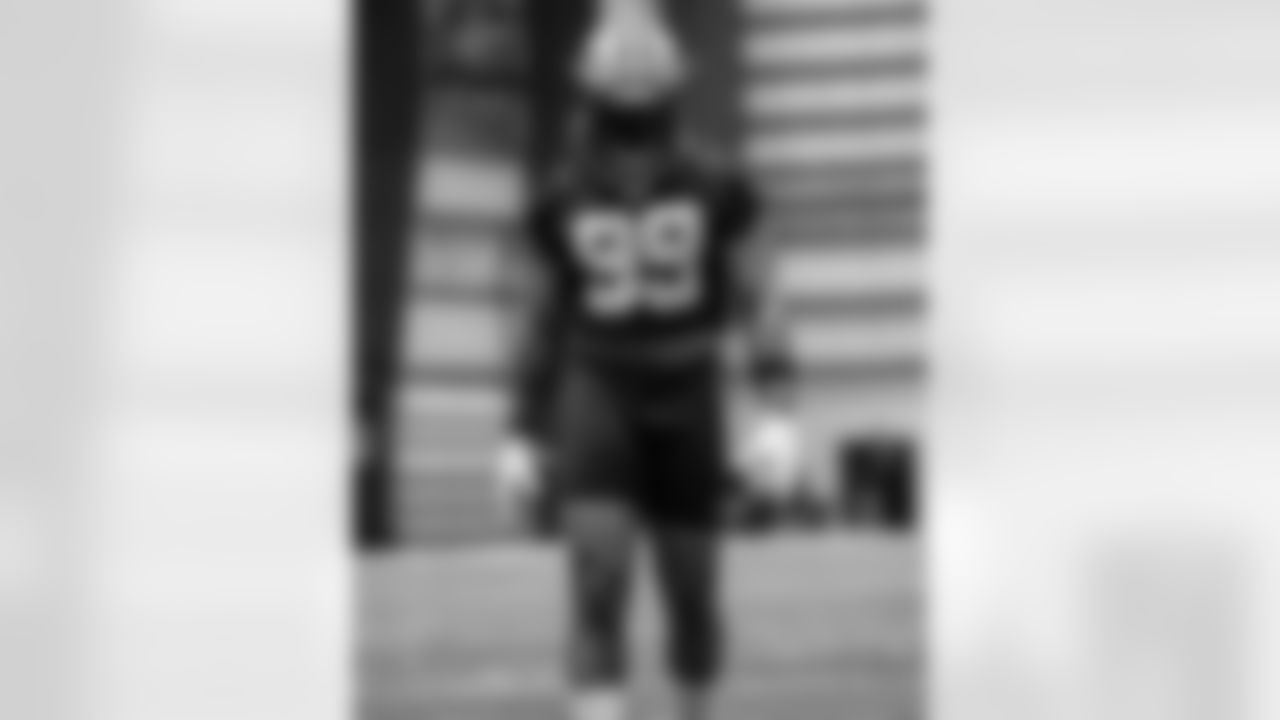
Check out photos of New Orleans Saints players participating in the team's 2025 OTA practice on May 30, 2025 at the Ochsner Sports Performance Center.
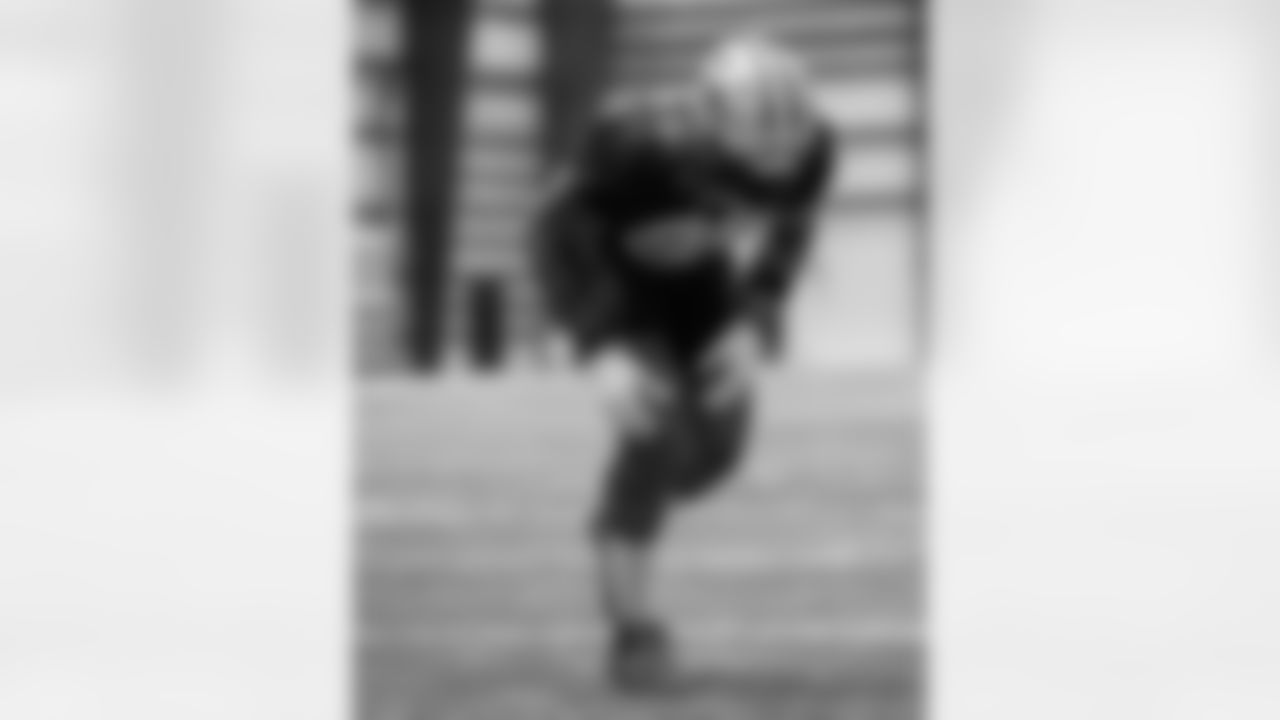
Check out photos of New Orleans Saints players participating in the team's 2025 OTA practice on May 30, 2025 at the Ochsner Sports Performance Center.

Check out photos of New Orleans Saints players participating in the team's 2025 OTA practice on May 30, 2025 at the Ochsner Sports Performance Center.

Check out photos of New Orleans Saints players participating in the team's 2025 OTA practice on May 30, 2025 at the Ochsner Sports Performance Center.

Check out photos of New Orleans Saints players participating in the team's 2025 OTA practice on May 30, 2025 at the Ochsner Sports Performance Center.

Check out photos of New Orleans Saints players participating in the team's 2025 OTA practice on May 30, 2025 at the Ochsner Sports Performance Center.

Check out photos of New Orleans Saints players participating in the team's 2025 OTA practice on May 30, 2025 at the Ochsner Sports Performance Center.

Check out photos of New Orleans Saints players participating in the team's 2025 OTA practice on May 30, 2025 at the Ochsner Sports Performance Center.

Check out photos of New Orleans Saints players participating in the team's 2025 OTA practice on May 30, 2025 at the Ochsner Sports Performance Center.

Check out photos of New Orleans Saints players participating in the team's 2025 OTA practice on May 30, 2025 at the Ochsner Sports Performance Center.

Check out photos of New Orleans Saints players participating in the team's 2025 OTA practice on May 30, 2025 at the Ochsner Sports Performance Center.

Check out photos of New Orleans Saints players participating in the team's 2025 OTA practice on May 30, 2025 at the Ochsner Sports Performance Center.

Check out photos of New Orleans Saints players participating in the team's 2025 OTA practice on May 30, 2025 at the Ochsner Sports Performance Center.

Check out photos of New Orleans Saints players participating in the team's 2025 OTA practice on May 30, 2025 at the Ochsner Sports Performance Center.

Check out photos of New Orleans Saints players participating in the team's 2025 OTA practice on May 30, 2025 at the Ochsner Sports Performance Center.



